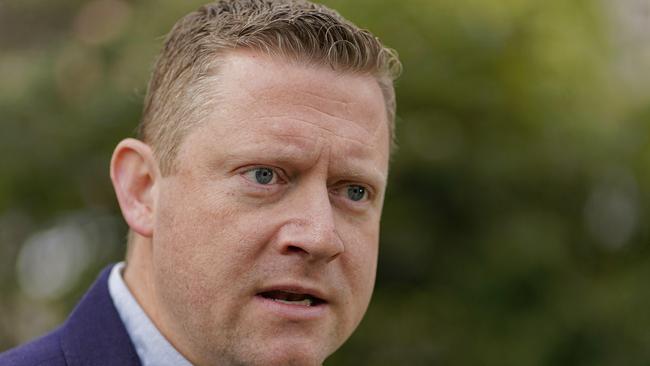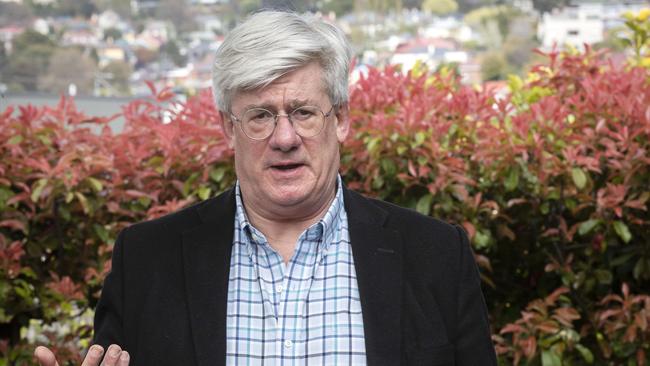Victoria’s debt increases by $5.5bn to $120bn, new report finds
Victoria’s latest budget update has revealed the state’s debt has blown out by a further $5.5bn — to more than $120bn.
Victoria
Don't miss out on the headlines from Victoria. Followed categories will be added to My News.
The state’s net debt has blown out by a further $5.5bn in the first quarter of the new financial year taking it to more than $120bn.
New figures tabled in parliament on Friday revealed Victoria also posted a $2.5bn deficit for the three-month period to September.
The state’s quarterly financial report also revealed total expenses over that three-month period came in at $23.1bn - an increase of $1.8bn on the same time last year.
The report stated the increase was due to higher operating expenses, and the $380m compensation fee for pulling out of the 2026 Commonwealth Games.
In the twelve months to September 30, Victoria’s total net debt increased from $96.5bn to $120.6bn, driven mainly by increasing borrowings to fund the Allan government’s infrastructure pipeline – including the Suburban Rail Loop, the Level Crossing Removal program and the Big Housing Build.

Shadow Treasurer Brad Rowswell said the latest figures are cause for concern.
“Debt is out of control and Labor aren’t prepared to do anything about it. It’s in their DNA - and Victorians are worse off because of it,” he said.
“In the lead up to Christmas, at a time when Victorians are finding it harder than ever to make ends meet, Labor are collecting more taxes than they ever have before.
“They just don’t get the cost pressure that Victorians are under and they frankly don’t give a stuff either.”
Former ANZ chief economist Saul Eslake said the figures didn’t come as a surprise given the government’s plan to keep building.
“It affirms that Victoria has an agenda to keep spending,” he told the Herald Sun.
“It’s also not surprising that Victoria is continuing to run significant budget deficits, and those budget deficits ought to be a concern for Victorian citizens.”
But Mr Eslake said quarterly statements didn’t always reflect the complete picture of a state’s financial position.
He said the mid-year financial review, due to be handed down near Christmas, would paint a clearer picture.
“Government spending and revenue can be highly seasonal, particularly for the first quarter of a financial year,” he said.

The report said: “Caution needs to be taken in interpreting and projecting the potential annual outcome for the full year from this quarterly result, due to the significant impact of the uneven recognition pattern of various major revenue items.”
“These include land tax, the Fire Services Property Levy, Commonwealth grants and dividends and grants from public corporations,” it added.
The state pocketed $8.2bn - or 23 per cent of the full-year budget estimate - from taxes.
The controversial Covid debt levy - which slugs large businesses with an additional 0.5 per cent payroll tax charge - raised $164m over three months.
A government spokesman said: “Our economy is strong, jobs are at near-record highs and our fiscal plan is on track.”
“We are the only state or territory with a Covid Debt Repayment Plan – paying back the emergency credit card while we continue to grow the economy and jobs,” he added.




